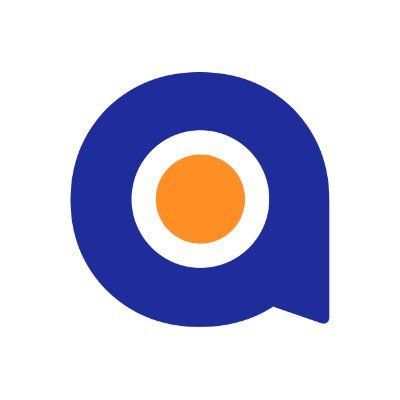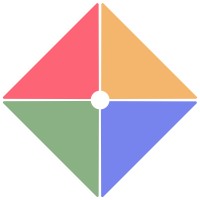Compare - Quantive Signals VS Google Cloud Dataflow
Here’s the difference between Quantive Signals and Google Cloud Dataflow. The comparison is based on pricing, deployment, business model, and other important factors.
About Quantive Signals
Quantive Signals is a business observability platform that autonomously monitors your KPIs and intelligently alerts you when, what, and why something unexpected happens. With Quantive Signals, you can scale your business operations and mitigate disruption as quickly as possible. Quantive Signals empowers you to Bring data from any source into a unified platform To automatically monitor data and identify anomalies, identify factors that create unexpected changes, and respond quickly to issues with real-time alerts.
About Google Cloud Dataflow
Google Cloud Dataflow is a cloud-based data processing service for both batch and real-time data streaming applications. It enables developers to set up processing pipelines for integrating, preparing and analyzing large data sets, such as those found in Web analytics or big data analytics applications. The Cloud Dataflow software expands on earlier Google parallel processing projects, including MapReduce, which originated at the company. Cloud Dataflow is designed to bring to entire analytics pipelines the style of fast parallel execution that MapReduce brought to a single type of computational sort for batch processing jobs.
Comparison Table
| Overview | ||
|---|---|---|
| Categories | Business Reliability/Observability | Data Streaming |
| Stage | Early Stage | Late Stage |
| Target Segment | SMB, Enterprise | Enterprise, Mid size |
| Deployment | On PremSaaS | SaaS |
| Business Model | Commercial | Commercial |
| Pricing | Freemium | Freemium |
| Location | Denver, Colorado | US |
| Companies using it | ||
| Contact info |
Add to compare


